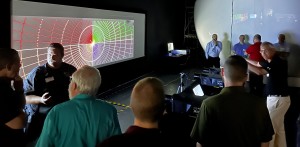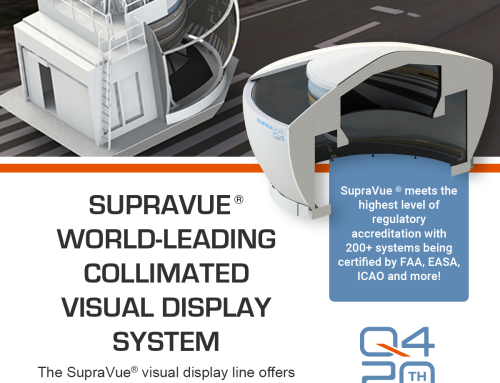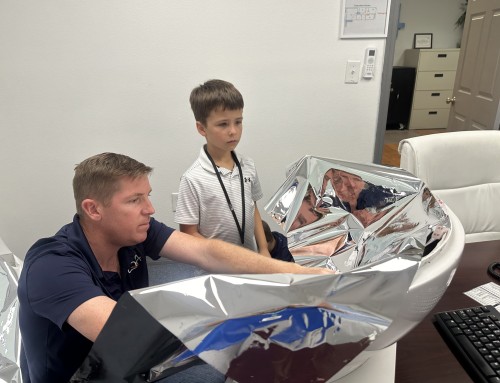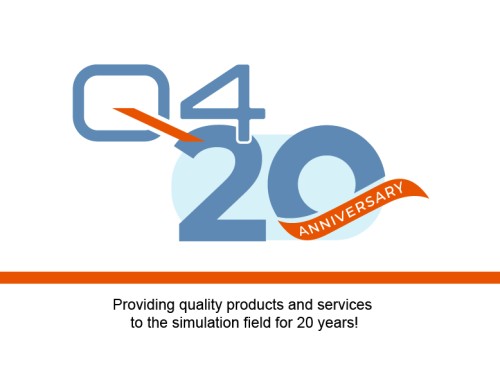At a small office park on the east side of Orlando, Florida, a group of companies that build simulators and display technology showed off something new. It was a behind-the-scenes look at the technology that produces some of the more impressive visuals that modern training simulators display.
The importance of the realism on displays in virtual trainers cannot be overstated, especially in military training, said Brian Overy of San Francisco-based Aechelon Technology, one of the four companies in the group. “When you put a pilot or warfighter in a simulation, you have to suspend his disbelief,” he said. “He cannot feel that he is in a simulator. You need to put him in an environment where he’s not focused on what is wrong with the simulator but, instead, focused on his mission.”
The showcase came at a time when some of the military’s technology leaders were in Orlando for the industry’s important military-to-business conference, the Training & Simulation Industry Symposium (TSIS). The high-profile show puts military leaders in front of prospective and current contractors to share with them the capabilities and technologies that they might collaborate on.
But before that main event, Aechelon, Norway-based Norxe, Q4 and Scalable Display Technologies held their showcase.
In a darkened warehouse, the companies housed two side-by-side screens that highlighted the differences between current industry display technology and the upgraded tech.
The SupraVue 11-foot collimated visual display, produced by Q4 Services, showed off Aechelon’s computer graphics.
Norxe’s 4k projectors showed off some of the newer tools built by Scalable Display Technologies, which aim to be as accurate as possible for collimated systems.
What this means is that the displays are seamless from all angles.
Q4 hosted the showcase in its Orlando office. “This is like a video game on steroids,” said Raymond Peabody, Q4’s product innovation director.
Visualization Collaboration on the TSIS Sidelines | Halldale Group








